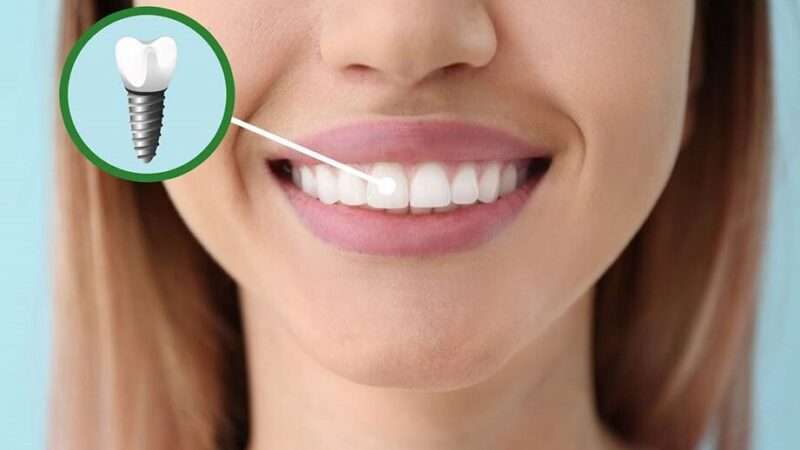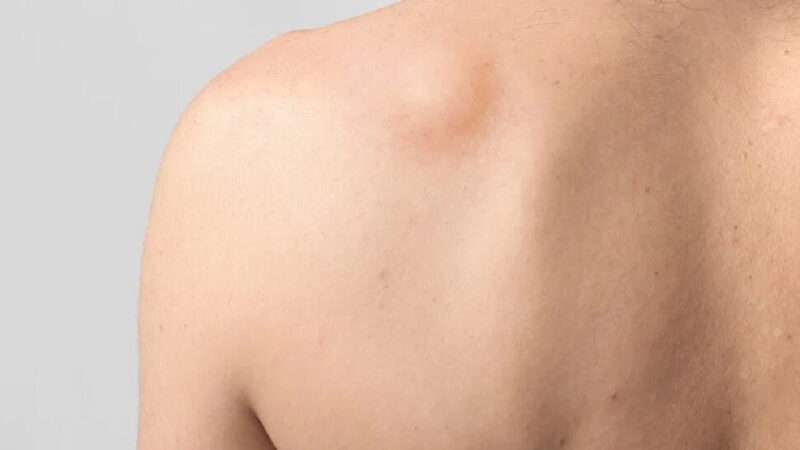Rosacea and Acne: why it’s important not to ignore symptoms and how to deal with them at home

Understanding rosacea and acne: key differences and similarities
Rosacea and acne may share some visual similarities—especially redness and small bumps—but they stem from entirely different processes beneath the skin’s surface.
Rosacea is a chronic inflammatory skin disorder that typically manifests as persistent facial redness, frequent flushing, and visible blood vessels. It often begins subtly, with periodic warmth and color across the cheeks or nose, and can escalate into papules and pustules. Over time, some people develop thickened skin, particularly around the nose, a condition called rhinophyma.
Acne, meanwhile, is commonly associated with clogged hair follicles and excess oil production. It presents as blackheads, whiteheads, inflamed pimples, or deeper cystic lesions. Though it often emerges during puberty, adult-onset acne is far from rare, particularly in women experiencing hormonal changes.
Interestingly, these conditions can coexist. That overlap—where rosacea includes acne-like breakouts—makes accurate diagnosis essential, as treatments for one may worsen the other. If you’re using rosacea medications, ask your healthcare provider about which skincare products are compatible.
Why ignoring symptoms can make things worse
Hoping a skin issue will resolve on its own can be a costly gamble. When left untreated, both rosacea and acne can lead to long-term consequences.
In the case of rosacea, repeated inflammation can cause structural changes to the skin—thickening, increased sensitivity, and even eye involvement. Acne can leave behind scars, discoloration, and pitted skin that’s hard to correct later on.
Beyond the physical, these conditions often carry an emotional burden. According to research published in the British Journal of Dermatology, individuals with skin disorders are more likely to experience low self-esteem and depression. Social interactions can become stressful, leading to avoidance behaviors and isolation.
Another risk is mistaking rosacea for acne or allergic dermatitis. Many over-the-counter acne treatments contain ingredients like benzoyl peroxide or salicylic acid, which can aggravate rosacea-prone skin. Getting the diagnosis right from the start helps avoid unnecessary setbacks.
Common triggers that worsen rosacea and acne
While the root causes of rosacea and acne differ, they share a susceptibility to certain external and internal triggers.
Diet plays a notable role. Rosacea flare-ups are often linked to spicy meals, hot beverages, alcohol (especially red wine), and even histamine-rich foods. For acne, sugary and high-glycemic foods—white bread, soda, and processed snacks—have been shown to contribute to breakouts, especially in combination with dairy.
Hormonal fluctuations, especially around menstruation or during high-stress periods, can exacerbate both conditions. Stress itself impacts inflammatory pathways and oil production, intensifying symptoms.
Misguided skincare habits are another common issue. Over-exfoliating, using alcohol-based toners, or applying thick, greasy moisturizers can stress already sensitive skin and make symptoms worse over time.
Gentle at-home care for rosacea-prone skin
If you’re dealing with rosacea, adopting a minimalist and calming routine is key. Use fragrance-free cleansers with soothing agents like oat extract, allantoin, or panthenol. Moisturizers should focus on strengthening the skin barrier—look for ceramides, glycerin, and niacinamide.
During a flare-up, applying a clean cold compress can reduce swelling and redness. Pure aloe vera gel, free of alcohol and dyes, may provide relief—but always patch test first.
Certain ingredients tend to aggravate rosacea and should be avoided at home. These include high-concentration acids (like glycolic or lactic), retinoids, menthol, and eucalyptus oil.
Safe home remedies for acne without irritation
Not all acne needs intensive treatment. For mild breakouts, a balanced and careful routine can prevent escalation.
Spot treatments using diluted tea tree oil or small doses of benzoyl peroxide (2.5% or lower) can help minimize inflammation. Always apply these to clean skin, and never on rosacea-affected areas.
Non-comedogenic moisturizers and gentle cleansers support healing without clogging pores. Hydration—both topical and internal—is essential, as overly dry skin may compensate by producing more oil.
One common mistake is over-washing. While it might feel like a way to “clean out” pores, it actually strips protective oils, making skin more vulnerable to bacteria and irritation.
When to stop DIY care and see a dermatologist
There’s no shame in reaching a point where home remedies fall short. If your symptoms persist despite consistent care—or worsen—consulting a dermatologist is the smartest move.
Signs that professional care is needed include:
- Constant redness that doesn’t improve
- Deep, painful cysts or widespread breakouts
- Increased skin sensitivity to common products
- Eye symptoms like burning or blurry vision
Dermatologists may prescribe topical agents such as azelaic acid, ivermectin, or metronidazole for rosacea. For acne, options include topical antibiotics, retinoids, or hormonal treatments. In more stubborn cases, therapies like pulsed dye lasers or blue light treatments may be suggested.
You can explore medical options through Meds For Less, which offer regulated access to prescription treatments in the UK.
Lifestyle changes that support healthier skin
Healthy skin begins with a healthy routine. Managing stress through activities like yoga, journaling, or simply getting more rest can visibly reduce flare-ups. Even short daily walks or consistent sleep patterns can help balance hormones and lower inflammation.
Don’t overlook sun exposure—ultraviolet rays are a major trigger for rosacea and can worsen post-acne pigmentation. Mineral-based sunscreens with zinc oxide or titanium dioxide are preferred for sensitive or breakout-prone skin.
Keeping a symptom journal helps pinpoint personal patterns. Did your flare start after a stressful week or a particular meal? Writing these things down can offer surprising insights.
Building a long-term skincare routine that works
The goal of skincare isn’t perfection—it’s consistency. A morning routine for sensitive or reactive skin should be simple: a gentle cleanser, calming moisturizer, and mineral SPF. At night, keep it equally minimal: cleanse and apply a barrier-repair moisturizer.
Avoid product-hopping. Many skincare products take weeks to show results. If you’re constantly trying the latest trend, you may be irritating your skin more than helping it.
Focus on ingredients that have stood the test of time—like niacinamide, ceramides, and azelaic acid for redness, or salicylic acid and sulfur for mild breakouts.
Taking care of rosacea or acne is not just about treating symptoms—it’s about understanding your skin, your lifestyle, and how they interact. With the right approach, it’s possible to manage these conditions effectively at home and know when it’s time to seek expert guidance. Your skin deserves patience and care, not punishment.






